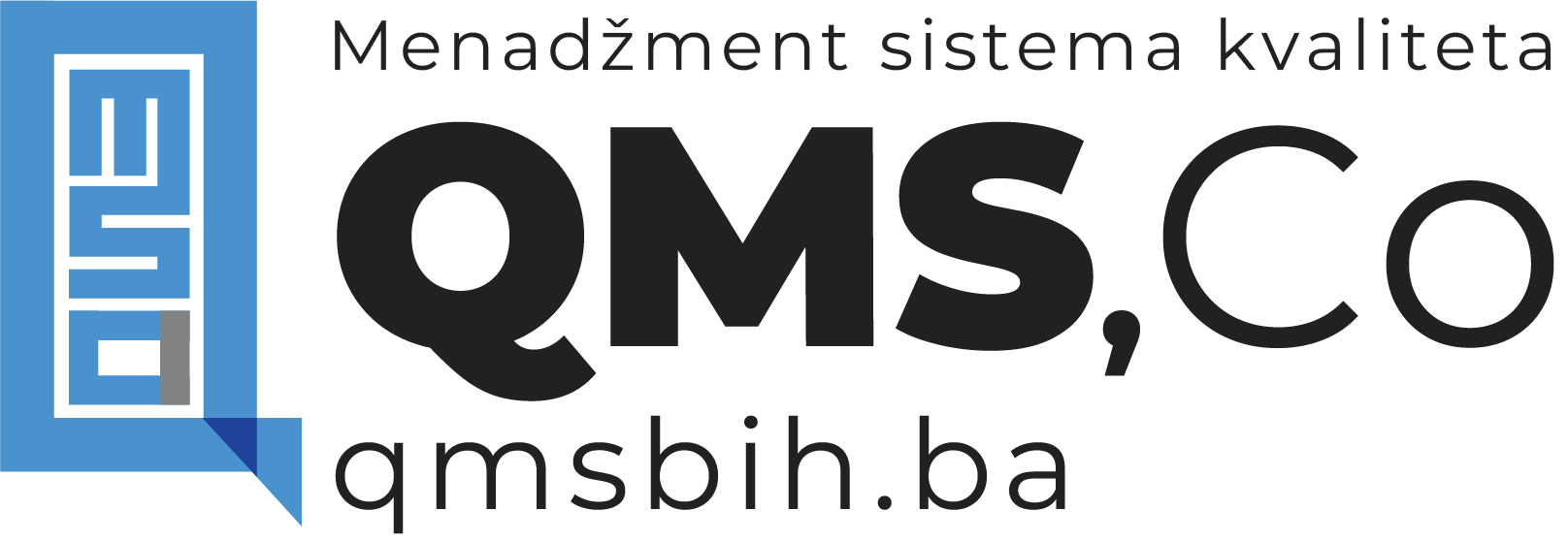OHSAS 18001/ISO 45001 Occupational Health and Safety
Organizations across all sectors are increasingly prioritizing workplace safety and health by managing risks and improving the positive impacts of their activities, products, and services—demonstrating this commitment to shareholders, employees, customers, and other stakeholders.
Mandatory regulations, economic policy development, human resource management, and other measures are increasingly used to encourage occupational health and safety development. Growing concerns from shareholders and other interested parties have resulted in a recommendation—and eventually a requirement—for a clear commitment to employee health and safety.
What is OHSAS 18001/ISO 45001?
OHSAS 18001/ISO 45001 is an international guideline outlining requirements that enable organizations to manage risk and improve operational performance. It allows an organization to understand and control all potential risks arising from daily activities as well as from exceptional situations.
The standard specifies requirements for managing occupational health and safety. The organization must establish, implement, and document an occupational health and safety management system. The management must define its quality policy. The organization needs procedures for identifying possible health and safety hazards in the workplace and must ensure that staff, equipment, and infrastructure are well-maintained. All records of identified health and safety hazards must be retained.
The standard requires the organization to maintain documentation consistent with this standard and current legal requirements. The organization’s management is responsible for the application of health and safety management. Management must appoint personnel to implement the health and safety management policy. Health and safety protocols should apply to the entire organization. The management must ensure that the staff receives the necessary training to implement the standard’s requirements effectively.
The organization must have procedures for internal communication within the organization, between all employees, and with external collaborators.
The organization must have defined procedures for identifying health and safety hazards.
The standard outlines the documentation that an organization must have, including a quality policy, a description of the management system, procedures, and records.
The organization must specify how it manages documents, who is responsible, and how documents are stored.
The organization must define how it addresses and manages identified health and safety risks. Asset management, equipment maintenance, and servicing procedures must be established.
The organization must have a procedure in place for addressing identified health and safety hazards. All health and safety measures must be monitored to ensure effectiveness.
The organization must conduct evaluations of its management system through internal audits and maintain records.
Benefits of Implementing OHSAS 18001/ISO 45001
- Reduces the potential for workplace accidents and injuries
- Promotes employee health
- Enhances employee satisfaction
- Protects employees, offering business advantages
- Ensures compliance with health and safety regulations
- Reduces liability
- Lowers insurance premiums
- Reduces costs
- Increases employee productivity
- Enhances organizational reputation
- Increases employee accountability

